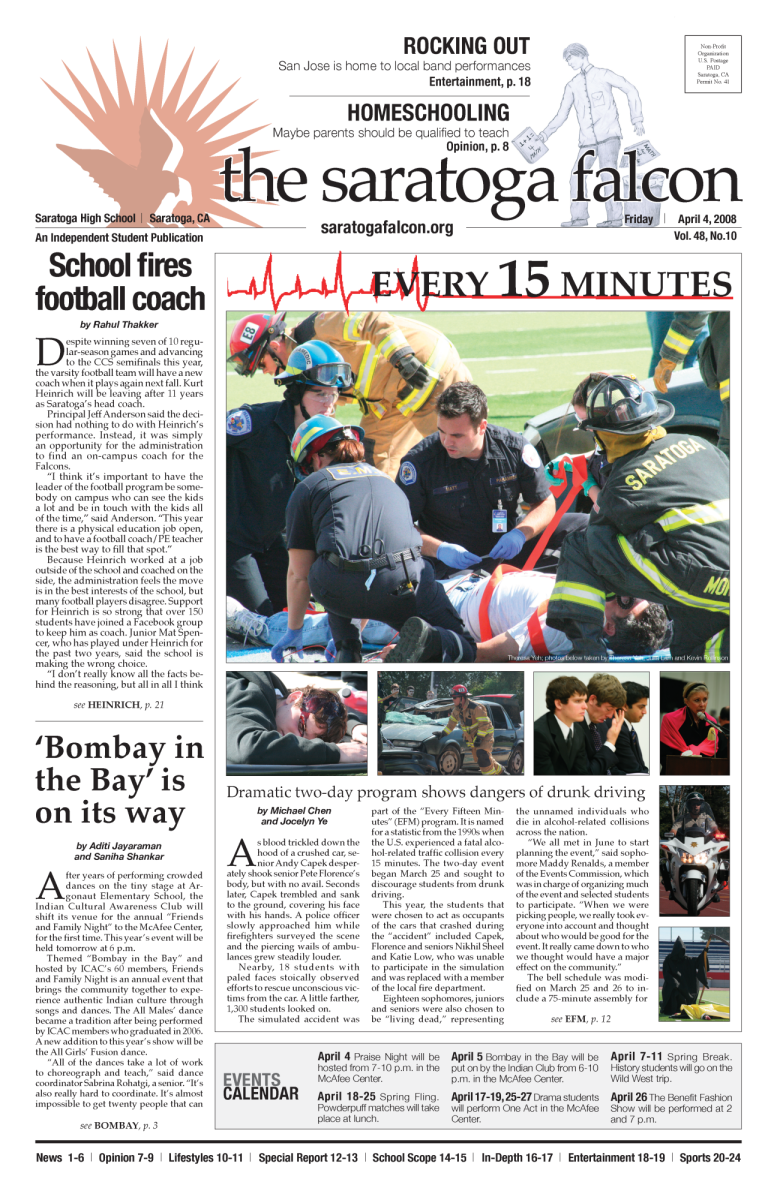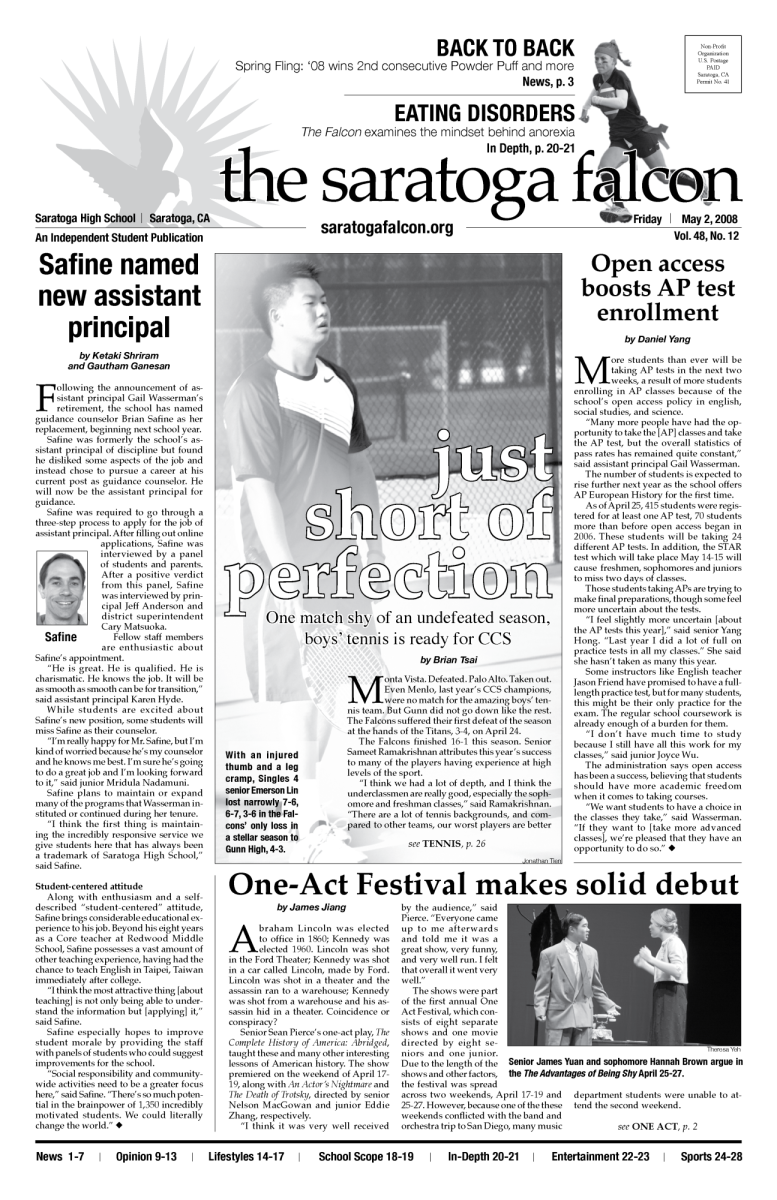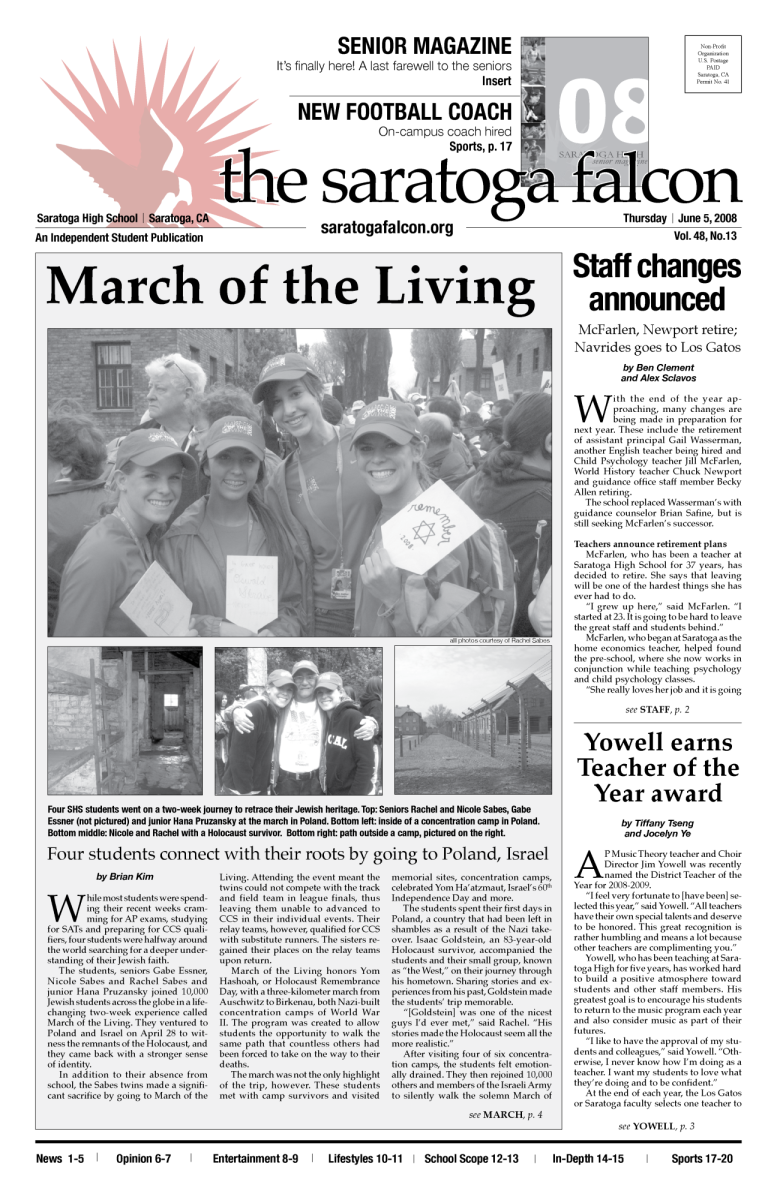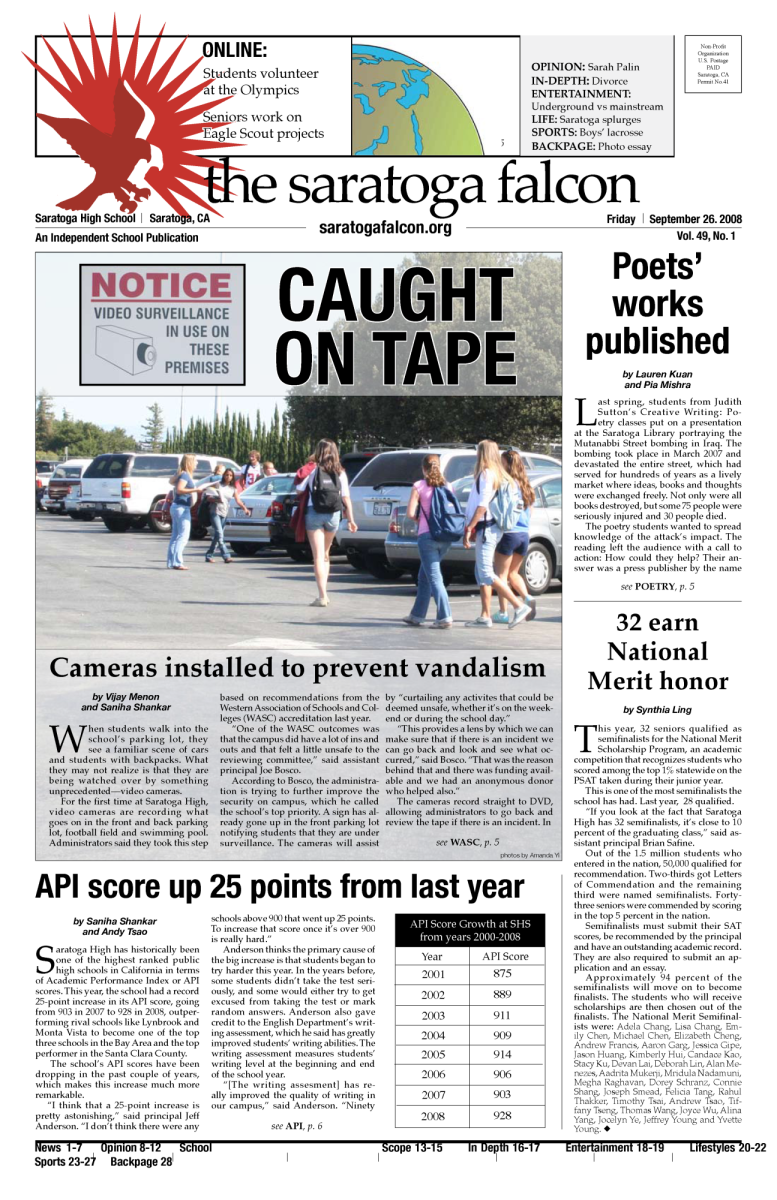In discussing possible capstone project for their final-year engineering class last semester, seniors Anika Prasad, Krisha Minocha and Sanjana Ravi realized they are all feminists, prompting Prasad to ask the others if they could tackle the issue of sexual assault, specifically regarding college women.
The seniors are taking the Engineering Design and Development (EDD) course, the fourth course part of Project Lead the Way, the engineering program. In the course, taught by Audrey Warmuth, groups of three to four students come together and then work on identifying, justifying and researching a problem they are passionate about and then write a problem statement, in order to define the problem and work toward developing a solution.
“We wanted to focus on this issue (of sexual assault) because as we have grown up in a world where these kinds of things happen every day,” Ravi said. “They happen to people we know, people we care about. Part of choosing this project was about feeling a responsibility to at least try to do something that could help in whatever small way possible.”
The group decided to name project Althea, a personal safety device in the form of a ring for college girls to alert a police officer when someone is being sexually assaulted. The name Althea is derived from Greek, meaning “to heal.”
After writing a statement of purpose, groups research prior patents of products trying to solve the issue and design what they want to focus on and what constraints they have for their project. They make a project proposal which is the fundamental design for the project they want to work on all of the second semester to solve the issue.
All of this planning is done in the second half of first semester, starting at the beginning of November until December.
In the first half of the semester, students work on a few projects that allow them to get familiar with the tools in the engineering lab and also work with two to three different modeling softwares. The idea is to use fun and creative projects to become familiar with some of the important tools of the room.
After planning, a panel of parents and administrators are invited to hear about the students’ project proposals, and the students give a presentation. The main objective of the panel is to either broaden or narrow groups’ problem statements and to ask basic, but critical questions about the project to question the practicality of it.
The panel is not required to have any technical background to attend, and oftentimes, many ask good questions that make students think about the feasibility of their project. For instance, some previously asked questions are “did your group think about the weight of the product,” “did your group think about the cost” or “does your group have enough time.”
“The panel also helps the groups focus on which goals they want to focus on in their project,” Warmuth said. “The panel helps them decide what’s their top priority, and what they want to achieve as they have a limited amount of time.”
The groups are brainstorming their designs and looking at some concept proposals and digging into what they want to do, so they have to do a lot of reading and research and looking at costs, times and feasibility. After extensive research, students draft a decision matrix to decide what design they are going to go with, and then they will make a prototype of it by the end of the semester.
With Minocha, Ravi and Prasad’s project, before deciding that they wanted to solve this issue, they researched how big the issue was.
“One in five women of the general public in the United States will be sexually assaulted just over their lifetime, and we also found out that college women are three times more likely to be assaulted that the general females so that’s essentially three out of five,” Minocha said. “Especially for us, as girls going to college in less than six months, we wouldn’t feel safe going, and we’ve heard stories from others about assaults happening.”
After figuring out the issue they wanted to work on, the group explored past solutions and decided what were the pros and cons of each. Some examples of solutions that they saw are phone cases with a button to press to alert someone, keychains, bracelets or necklaces.
“The thing with all the other options is that they are not easily accessible,” Minocha said. “For example, with a phone case, if you’re being sexually assaulted, the first thing the attacker would do is take your phone away”.
Prasad added that jewelry is common for women in particular to wear, and that’s what will make their device more discreet.
However, Minocha explained that a necklace is not as good of an option as it seems; many times people’s hands would be pinned down when being assaulted, so they would not be able to reach up and touch their necklace.
Similarly with bracelets, it is difficult to reach one’s wrist. As a result of their weighing of the benefits and drawbacks of each design, they decided that a ring was the most optimal design, where victims can easily hit a button without needing to use both hands.
Minocha explained that one of the gems set in the ring would be a button, and in order to prevent people from accidentally hitting it in their sleep, users would have to hit it a certain number of times in order to actually alert emergency services.
“The end goal of this project is to have a presentable prototype that fully functions,” Prasad said. “Theoretically, we would love to have it be the actual size of a ring, but our current focus is to have the prototype at a reasonably small size that works, and then build it up from there.”



























